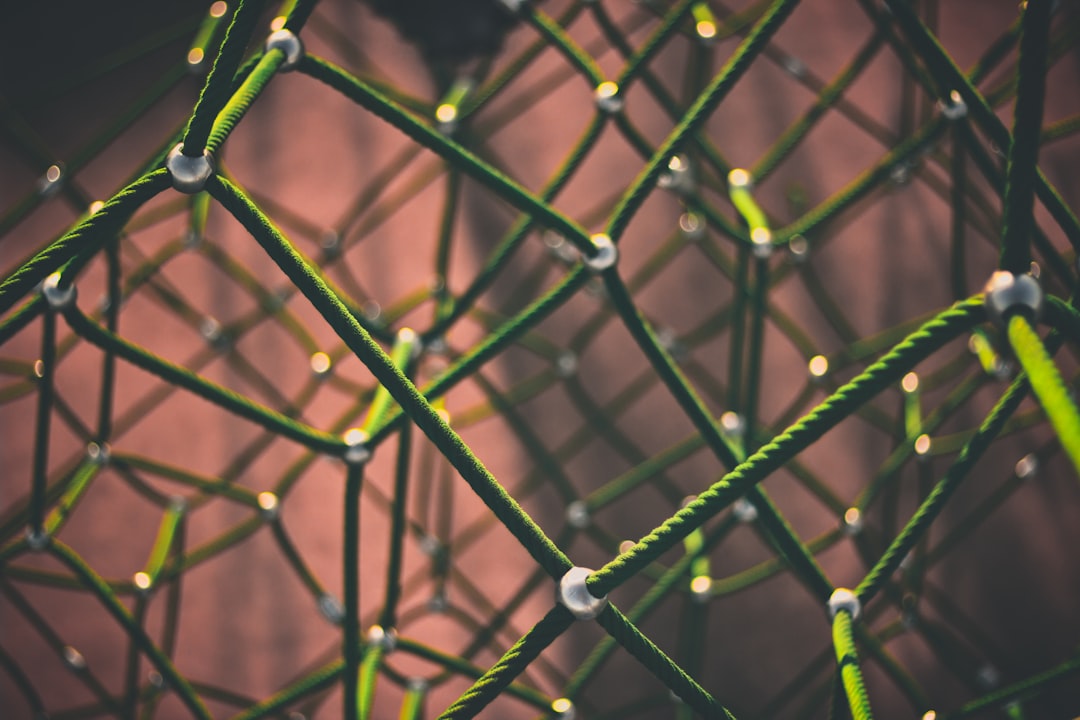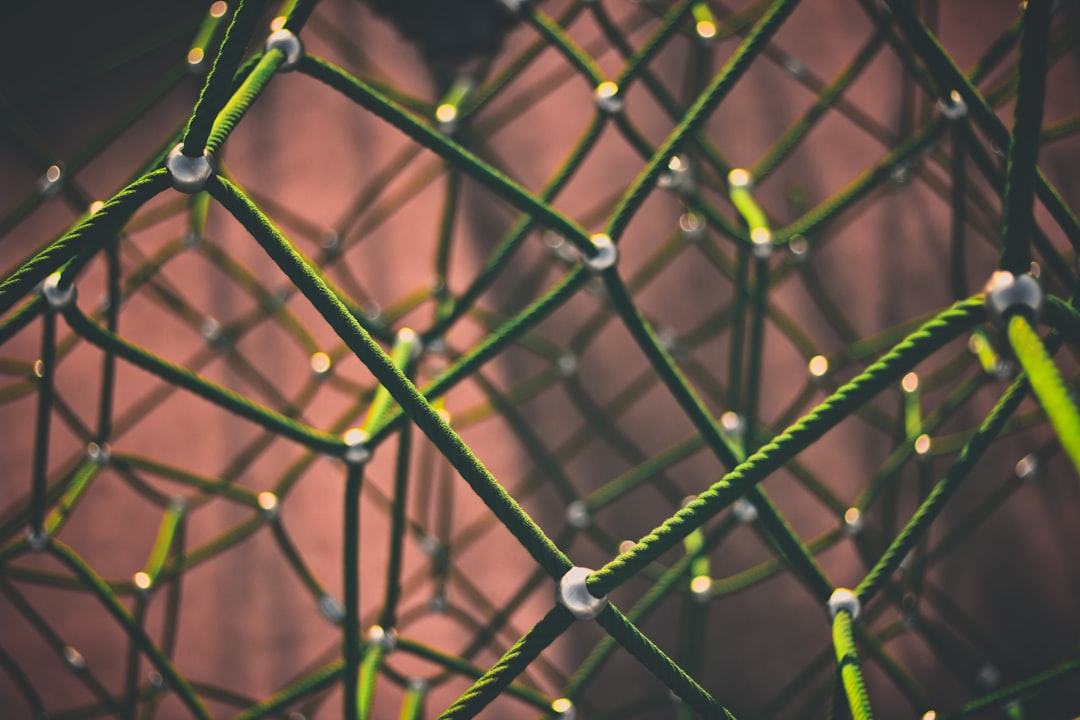What is it about?
Microbial communities are assembled by the interactions between microorganisms and the local environment. To fully understand and control the formation of microbial aggregates, we need to unravel the principles of both cell-cell, cell-environment and cell-space interactions. Until now, most studies have focused predominantly on single interactions between two microbes. However, microbial ecology is more complex than that, and multiple ecological interactions contribute to microbial community assembly. The identification of distinct spatial distributions of bacteria is a first step towards the understanding the underlying biological mechanisms that govern aggregate formation. We have used a mathematical model to examine the influence of interactions between microorganisms, the local environment and the space competition.
Featured Image

Photo by Eugene Golovesov on Unsplash
Why is it important?
We show that it is possible to evaluate the influence of multiple ecological interactions and the environment on microbial community assembly through mathematical modelling. We have been able to distinguish interspecific segregation of communities in competition, and layered distribution in commensalism. When we considered more than one ecological interaction between populations, the resultant spatial distribution was identified as the one controlled by the most limiting substrate. Additionally, we defined a theoretical parameter that able us to predict the most probable spatial distribution under specific environmental conditions.
Perspectives
Experimentation and modelling exercises might not be seen as exclusive, but interconnected methodology. Studies like this can help us to break down the complexity of microbial communities, finding the underlying mechanisms that rules the microbial community assembly.
Eloi Martinez-Rabert
University of Glasgow
Read the Original
This page is a summary of: Environmental and ecological controls of the spatial distribution of microbial populations in aggregates, PLoS Computational Biology, December 2022, PLOS,
DOI: 10.1371/journal.pcbi.1010807.
You can read the full text:
Resources
Contributors
The following have contributed to this page










